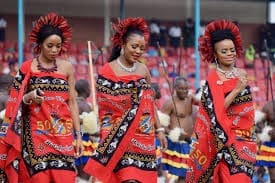Eswatini officially the Kingdom of Eswatini and formerly known in English as Swaziland is a landlocked country in Southern Africa. It is bordered by Mozambique to its northeast and South Africa to its north, west, and south. At no more than 200 kilometres (120 mi) north to south and 130 kilometres (81 mi) east to west, Eswatini is one of the smallest countries in Africa despite this, its climate and topography are diverse, ranging from a cool and mountainous highveld to a hot and dry lowveld.
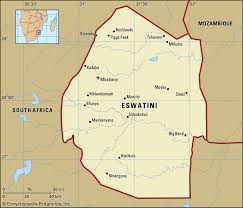
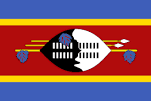
Weaving
Tsandza Handweaving


Tsandza Handweaving is a socioeconomic enterprise. Since 1979 the art of handweaving and providing income source to many rural women within Eswatini, and consumers with ethically produced products. Table runners, wall hangings, blankets, cushion covers and throws comprise our luxury home décor collections. Scarves, shawls, ponchos and bags are included in our stylish fashion accessories.
Each one of our vibrant, distinctive pieces have been hand dyed and woven from natural fibres of mohair, merino, cotton and bamboo, created for those who appreciate the uniqueness, love and care of handmade.
With the use of traditional floor looms and spinning wheels, and biodegradable dyes, to minimise environmental impact. Each and every one of our products is a result of commitment, teamwork and passion.
Lavumisa Technique



The Lavumisa technique is much more sought after and profitable than weaving styles of other parts of eSwatini – as it is versatile and structurally sound. Women trained in the Lavumisa technique have the opportunity to generate a much higher income to support themselves and their families.
Nellie Sihlongonyane, Community Liaison Officer at Gone Rural, explains the difference weaving in the Lavumisa technique can make: “This extra income means better access to education, being able to build better homes, and maybe get electricity – which mean the women can weave during the night because during the day they are working.”
The project – called the Gone Rural Weaving Academy – has been successful in training 10 master weavers from Lavumisa to be weaving and design teachers. Those teachers have now begun sharing their craft with women from other parts of eSwatini.

Women weavers at Gone Rural.

Drying died grasses for weaving at Gone Rural.
Cultural Life
INCWALA CEREMONY

This is the first fruit ceremony Of the Kingdom. It is the most sacred ceremony of all the Emaswati rituals, during which the king plays a dominant role. It is held in a date chosen by royal appointed traditional astrologers in conjunction with the phases of the moon, normally in December or January. This ceremony normally last for days. Young men perform various rites, including traveling in groups to selected parts of the country to collect the sacred branches of Lusekwane, a species of acacia shrub. On the fourth day is the culmination of the Incwala ceremony. The King appears in his full ceremonial gear and eats the first fruit of the season. The nation participates in the dancing all the time. Everyone who is participating dresses in the colourful and distinct national dress known as emahiya.
LUTSANGO REED DANCE
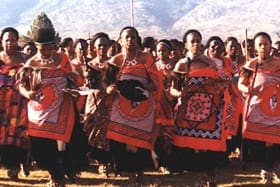
The annual event known as the Lutsango Reed Dance is part of the traditional ceremonies in Eswatini. This dance is accompanied by the cutting of reeds by married and unmarried women to perform tribute showing loyalty to the Ngwenyama (The King) and Ndlovukati (The Queen Mother).
The colourful Lutsango reed dance runs for the duration of four days and is led by eMakhosikati.
SIBHACA DANCE
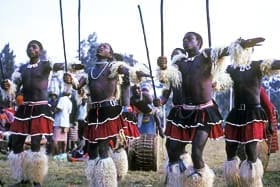
A “sibhaca” dance group performs to the rhythm of big drums at the showgrounds in Manzini, central Eswatini.
The Sibhaca is a vigorous dance performed by teams of men throughout the Kingdom. It involves the stomping of the feet in unison accompanied by traditional music and rhythmic traditional chants. The men wear colourful quilts and decorate their legs with mohair implements. A typical Sibhaca session can last up to two or three hours, with a variety of difference rotations, songs and styles performed.
UMHLANGA/REED DANCE

The Reed Dance takes place late August or early September. It is one of the most colourful ceremonies in the whole of Africa. It attracts young maidens from all over the Kingdom. The maidens gather reeds from selected areas and travel to the Royal Kraal to honour the Queen Mother. It is from this custom that the ceremony derived its name. The maidens dress in short beaded skirts, colourful sashes, ankles, and bracelets. The royal princesses wear red feathers in their hair and lead the maidens to perform traditional dances before their Majesties, i.e. the climax of the event.
Article by Harshika sapra
Bibliography
https://www.australianvolunteers.com
https://swazilandkualalumpur.org/
https://www.thekingdomofeswatini.com/
https://www.britannica.com/

